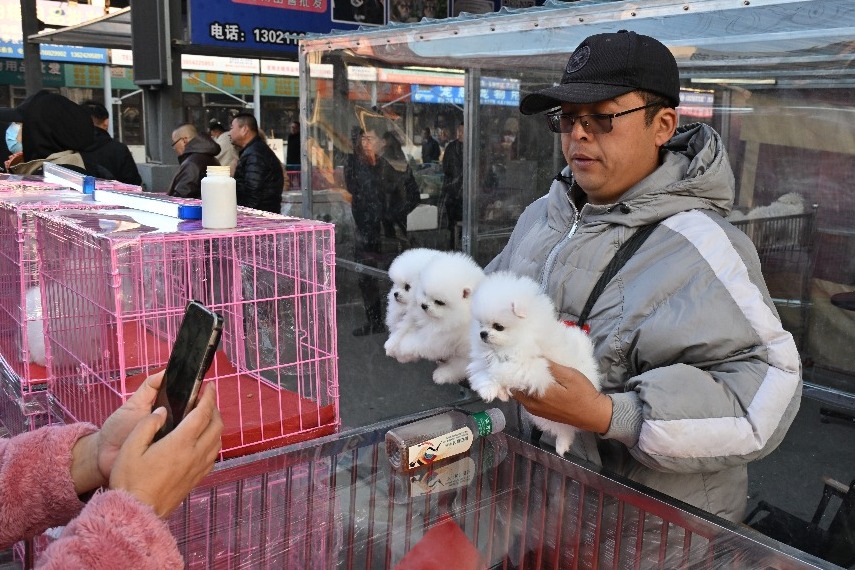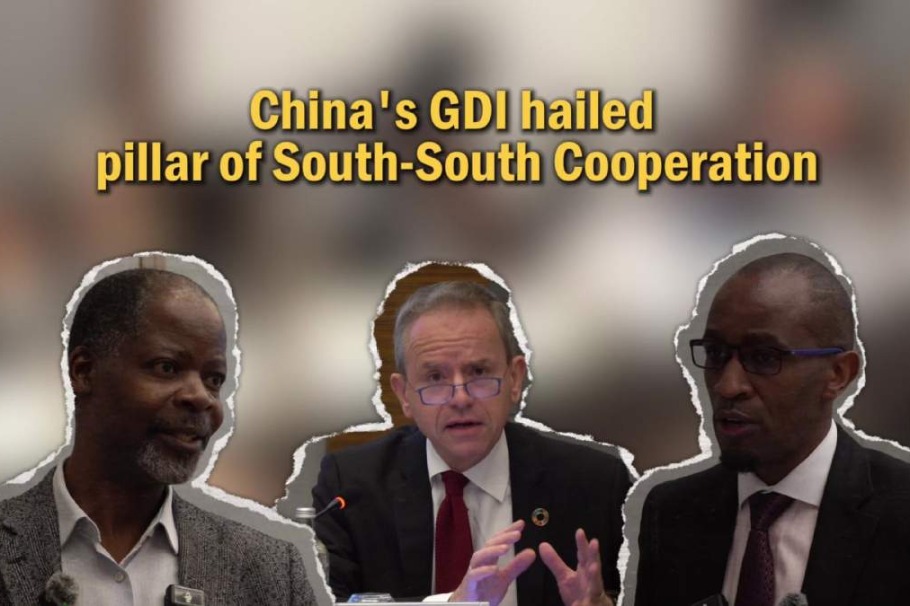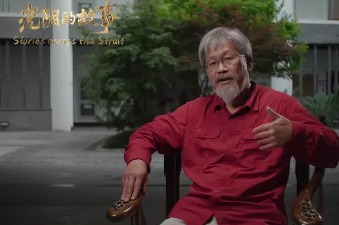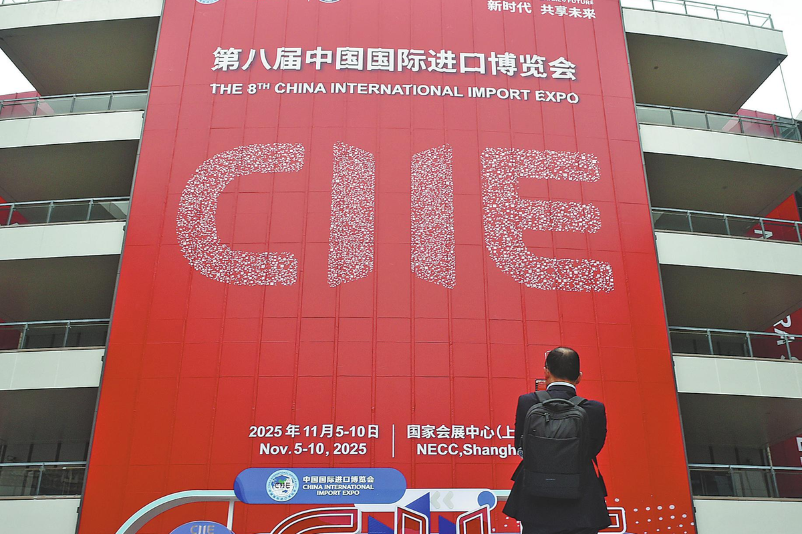Forum: Progress of the Belt and Road Initiative


Editor's note: In the last almost one decade, the Belt and Road Initiative has been an integral part of the global economy and has greatly bolstered developing economies. It is an initiative for peaceful development and economic cooperation which covers different regions. Three experts share their views with China Daily on how the initiative can bring more benefits to the world.
China, Central Asia begin new page
By Djoomart Otorbaev
From Sept 14 to 16, President Xi Jinping will attend the 22nd Meeting of the Council of Heads of State of the Shanghai Cooperation Organization in Samarkand, Uzbekistan, and pay state visits to Kazakhstan and Uzbekistan. The visits will be the first by the Chinese leader abroad since the COVID-19 pandemic broke out.
The beginning of this year has already been marked by important events in the relations between the countries of Central Asia and China.
The Chinese president and the leaders of all five Central Asian countries held a virtual summit on Jan 25, 2022, marking the 30th anniversary of the establishment of their diplomatic relations. At the meeting, the presidents discussed the results of joint work and outlined the horizons for further cooperation. It should be noted that next year marks 10 years since the Belt and Road Initiative was first proposed, when Chinese President Xi Jinping called on countries in Central Asia to work together to build the Silk Road Economic Belt.
During the leaders' virtual meeting in January, the Chinese president presented five concrete proposals for future cooperation with Central Asia.
The first was related to the deepening of neighbourly relations based on the principles of friendship, sincerity, mutual benefit and inclusiveness. President Xi specially mentioned that China opposes interference in the internal affairs of countries on any pretext.
Second, the participants decided to strengthen their economic relations. The Chinese leader stressed that China is ready to open its markets for goods and services from Central Asia. By 2030, China plans to bring the annual volume of mutual trade to $70 billion. In comparison, according to the Ministry of Commerce of China, the volume of trade between China and the countries of Central Asia in the first 11 months of 2021 amounted to approximately $45 billion. To achieve better connectivity new logistics and trade corridors between the countries will be built. The development of a feasibility study and construction of a new China-Kyrgyzstan-Uzbekistan railway route will be accelerated, and it is expected that during the SCO Summit in Samarkand the leaders of the three countries will sign an agreement on the construction of this railway.
Third, special attention is to be paid to ensuring regional security and deepening cooperation to counter terrorism, radicalization, separatism and cyber threats. Particular attention should also be given to stabilizing the situation in Afghanistan. It should be noted that Afghanistan was mentioned as part of greater Central Asia, and the Chinese president reiterated that China supports the establishment of an inclusive government in Afghanistan and freeing the country of terrorism and terrorist organizations. The leaders of the countries of Central Asia have repeatedly noted that the establishment of peace and stability in Afghanistan should be a priority in the development of this country.
The fourth recommendation was to strengthen cultural and humanitarian ties between China and the Central Asian countries. President Xi suggested opening joint cultural centers in the countries and said that centers would like Central Asia to become a vibrant attraction for visits by Chinese tourists. He also announced that China will provide more university scholarships for students from Central Asia.
And finally, the Chinese leader announced that China will provide a grant to the countries of Central Asia in the amount of $500 million to help them realize the United Nations Sustainable Development Goals.
It is important to note that despite the growth of foreign direct investment in Central Asia, Central Asian countries' share in the global GDP remains low compared to other developing regions. The Boston Consulting Group estimates that between 2008 and 2016, the total FDI in Central Asia amounted to 18.2 percent of the world's annual GDP. In comparison, the FDI in North Africa reached 26.8 percent, in Central America 35.9 percent, and in the Balkans 47.2 percent.
The North African and Balkan territories are close to the European Union, and Central America is close to the United States. It is these two centers of global economic power that channel much of their FDI to the neighbouring regions. But the Chinese economy is on par with the economies of the EU and the US. The question is: Can China invest more in its adjacent territories, as other economically strong countries have done in their neighbouring regions, and become the FDI leader in Central Asia? Data show that ample opportunities exist.
According to the latest statistics, this year the Chinese economy is experiencing an investment boom. In August 2022, Bloomberg reported that Chinese mainland companies alone have raised a record $58 billion in initial public offerings this year, compared to $19 billion raised in the US and $9.9 billion in Europe. Considering China's economic power and its geographic, political and economic proximity to Central Asia, the untapped potential for cooperation is apparent. The implementation of the Belt and Road Initiative opens up unlimited possibilities for this. And multifaceted cooperation of our countries has good prospects.
The author is a professor at the Belt and Road School at Beijing Normal University, and former prime minister of Kyrgyz Republic.
A milestone for partnership with ASEAN
By Ong Tee Keat
The establishment of the China-ASEAN Comprehensive Strategic Partnership (CSP) in 2021 was a well-deserved outcome of China's partnership diplomacy with its Southeast Asian neighbors.
While the naysayers try to portray the enduring China-ASEAN dialogue relations as a tool for Beijing to establish an exclusionary and hierarchical regional order centered on the gravity of China's economic might, the regional bloc continues to benefit from the inclusive and symbiotic Belt and Road Initiative through connectivity-based collaboration. The largely economy-driven Belt and Road cooperation has presented to the region and the world a stable, resilient and egalitarian model of cooperation.
China, the first dialogue partner of the Association of Southeast Asian Nations, has been the biggest trading partner of the bloc for the past 13 years, while ASEAN surpassed the European Union as the largest trading partner of China amid the raging COVID-19 pandemic in 2020.
New drivers for economic cooperation are earmarked to be brought to the table to help boost the post-pandemic economic recovery in the region. Vaccine research and production, alongside the digital economy, green economy and blue economy, to name just a few, are all set to boost the collaboration between China and ASEAN.
The maritime-based blue economy is a case in point. At the ASEAN Summit last year, the ASEAN Leaders' Declaration on the Blue Economy was adopted, signifying the bloc's determination to promote the sustainable development of the blue economy, thus opening another window of opportunity for cooperation with China.
In retrospect, it was the inception of the Belt and Road Initiative in 2013 that triggered the anxiety among Western countries over the growing sphere of Chinese influence. By the same token, the Global Development Initiative that President Xi Jinping debuted in his speech at the Plenary session of the United Nations General Assembly last year might have made the Western countries even more unsettled as it is essentially more encompassing than the connectivity-driven BRI. The new initiative President Xi proposed is a vivid embodiment of the Chinese vision of building "a community with a shared future for mankind" to realize common development through international cooperation. The consistency of the Global Development Initiative with the United Nations 2030 Agenda for Sustainable Development has resonated well among the international community, notably among the developing countries.
In the context of ASEAN, the complementarity of the Global Development Initiative with the ASEAN Community Vision 2025 in the fields of regional political security, economic development and socio-culture looks set to serve as a coveted instrument in endearing the world's second-largest economy to the regional bloc. Indeed, the Global Development Initiative offers the latter a timely solution to help realize the long-hatched ideals of establishing an ASEAN Political-Security Community; ASEAN Economic Community and ASEAN Socio-Cultural Community. For China, it makes an ideal multi-dimensional platform for deepening and broadening collaboration with ASEAN beyond economic cooperation.
Amid the prevailing tide of de-globalization and geopolitical rivalry, this development model, consistent with the concept of "prosper-thy-neighbor" is a refreshing model. It can serve as a viable means for confidence building, managing disputes and addressing the trust deficit, all of which constitute the key building blocks for peace amid the current rising tensions and uncertainties.
From this perspective, China-ASEAN relations are no exception. Their essence lies not in the nomenclature of a comprehensive strategic partnership per se, but more in the ensuing efforts to strengthen mutual trust through multi-dimensional capacity development and confidence building between ASEAN and China.
The establishment of the China-ASEAN CSP signifies the high level of maturity in their relationship. This should be reflected in the breadth and depth of their cooperation and the institutional mechanisms for exchange on multiple levels and in multiple sectors. In this context, the Global Development Initiative is a practical solution that serves the contemporary needs of ASEAN.
By and large, Chinese diplomatic endeavors are not explicitly security-driven. Yet in reality, the robust expansion of functional economic cooperation helps build trust and confidence between trade partners. In this respect, the multi-dimensional model of the Global Development Initiative is no doubt a good enabler in helping China to build trust with ASEAN, thus paving the way for establishing a regional community with a shared future, where the security architecture is inseparable from the regional agenda.
Under the current circumstances, ASEAN is caught in the web of the Sino-US geopolitical tussle. It is engaged in a difficult balancing act of engaging with both sides against the backdrop of the US making no bones that its newly proposed "Indo-Pacific Economic Framework for Prosperity" is largely designed to contain China. ASEAN's ability to tread a delicate line between the two major powers looks set to be put to test again. Nonetheless, the regional bloc should not allow itself to be unduly distracted by the West's risk-portrayal narratives about it being drawn into the orbit of Chinese partnership diplomacy.
ASEAN should by now be mature and confident enough to know that its handling of relations with both the rival powers need not be a binary choice. After all, it is the long-term interests of its 650 million people that matter in the final analysis.
The author is chairman of the Centre for New Inclusive Asia in Kuala Lumpur, and the former deputy speaker of the Malaysian Parliament cum the former transport minister of Malaysia.
EU-bound Express indispensable for world economy
By Hussein Askary
It is ironic that the more hostile politicians and media in the European Union have become toward China over the past 10 years, the more reliant the economies of the EU have become on the China-EU Railway Express in the past 10 years of its existence. This paradox highlights how irrational and foolish adhering to a zero-sum-game mentality is. The real world of global economic interdependence shows that it is win-win cooperation that is the reality, not win-lose competition and geopolitical manipulations. Politicians, think tanks, and mainstream media in the West need to look at the companies involved in cooperation with their Chinese counterparts to better grasp this reality.
The CEER, which connects China with the EU by rail, has become part of the Belt and Road Initiative's China-Eurasia Corridor, which goes through Kazakhstan and Russia, and then branches through Belarus to Poland and to Finland, Scandinavia and the Baltic Sea. The busiest of the routes is the one from China through Russia (including that through Kazakhstan to Russia) and Belarus that goes to Poland and the rest of the EU. Germany is the most important destination for many of the CEER linkages, and German industries have increasingly relied on it to both receive important industrial goods such as parts and for exports' products such as auto vehicles.
The first direct freight train left Chongqing and arrived in the German city of Duisburg in 2011. That year 17 trains travelled between China and the EU. By July 2022, about 10,000 trains have made the trip. The number of trains kept doubling, sometimes tripling, from 2011 to 2021. Great efforts have been made by all nations along the routes to unify custom clearance procedures and build new facilities at the border crossings so as to make the freight corridor as efficient as possible. As a result, the duration of the trip between China and the EU has gradually shortened from 28 days to 14 days, sometimes 12.
New logistics hubs have emerged in western China's Xinjiang Uygur autonomous region, making it a strategically important logistics crossroad along the new Silk Road. This has contributed to the economic development of Xinjiang, in tandem with China's efforts to stabilize this important region. New hubs have emerged in Kazakhstan, Russia, Belarus, Finland and more are planned in Poland. The building of the Great Stone Industrial Park and logistics hub by China in Belarus was a milestone for China-Europe cooperation. The Finnish town of Kouvola, with just 80,000 inhabitants, became a major logistics center in Europe, when a logistics park was built there in 2017.
There are plans for the development of ports, railways, and logistics parks all along the routes. What this shows is that the Belt and Road Initiative is a bridge connecting people, improving their livelihoods, and breaking their isolation. The CEER now connects the Eurasia continent, 196 European cities and more than 90 cities in China. Besides Xinjiang, the major terminals of the CEER in China are in Xi'an, Chongqing, Chengdu, Wuhan and Yiwu.
The vitality of the CEER for China-Europe cooperation was most dramatically demonstrated during the COVID-19 pandemic. While most transport modes between Asia and Europe were hit hard, the CEER not only continued but dramatically increased its activities. The rail corridor became literally a lifeline for Europe in its fight against the novel coronavirus, because most of the personal protection equipment, ventilators, and many medicines and medical products produced in China and urgently needed in Europe were transported by rail. This made a crucial difference to the fight against the virus in Europe.
The vitality of the CEER for the EU in general and Germany in particular was demonstrated when Deutsche Bahn Cargo, the largest German rail freight company, decided to invest in this route in 2021. In September 2021, a new freight route was opened between Hamburg and Shanghai. In December, two more routes were launched, one from Deyang (Sichuan province) to Lodz and the other from Xi'an to the port city of Gdynia. In January 2022, the Hefei-Neuss (south of Duisburg) route was launched. In November 2021"DB Cargo Transasia", a Shanghai-based subsidiary, 100 percent owned by DB Cargo, was launched. This was a clear declaration of the German company's desire to maintain and enhance the CEER.
Many opponents of the Belt and Road Initiative in the West were gleefully proclaiming their "China's dream to revive the Silk Road" was finished after the Russia-Ukraine conflict broke out in February 2022. Reality has once again proved those politicians and think tanks wrong. Chinese companies have continued to use this route to transport goods to the EU as usual. There was even a 3.5 percent increase in the number of trains in the first half of 2022 and the number is set to further rise in the second half of 2022 as operations get back to normal.
The uninterrupted operation of the CEER amid the conflict shows how resilient and necessary the CEER is for most nations in Eurasia.
The author is a board member of the Belt and Road Institute in Sweden.
The views don't necessarily represent those of China Daily.
If you have a specific expertise, or would like to share your thought about our stories, then send us your writings at opinion@chinadaily.com.cn, and comment@chinadaily.com.cn.


































